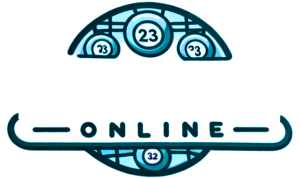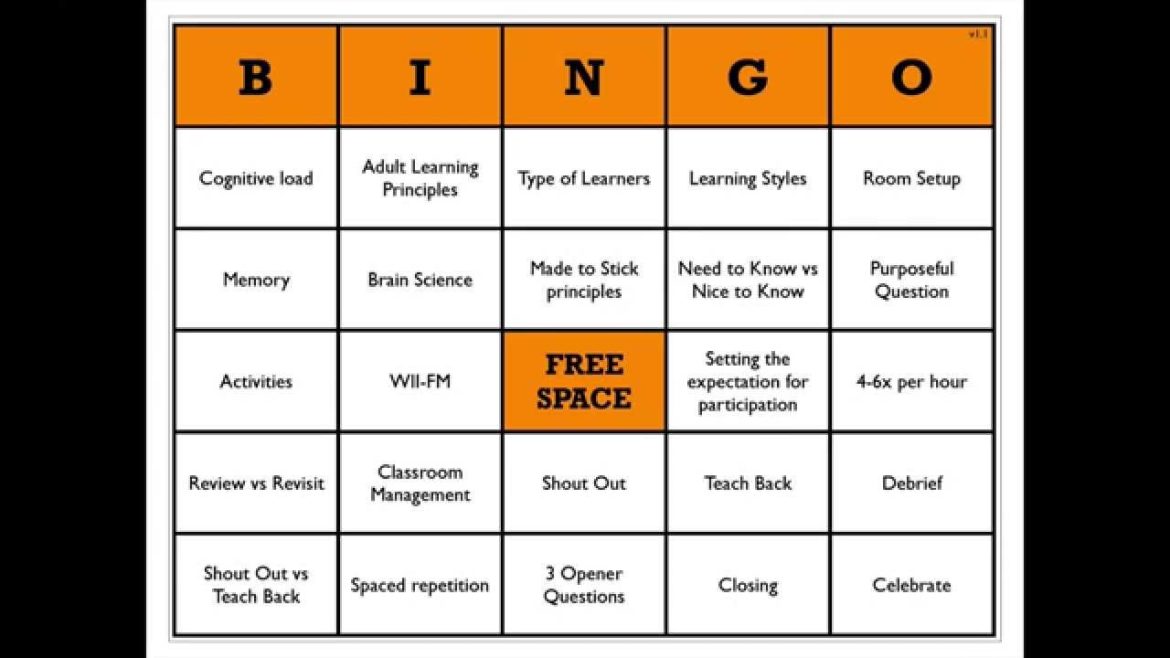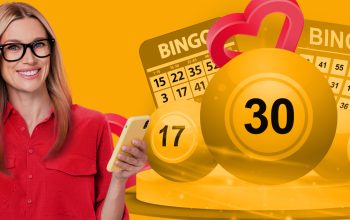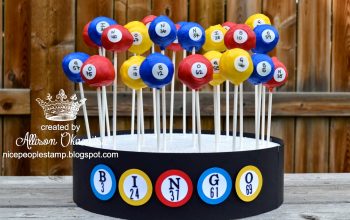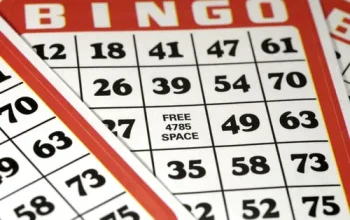Let’s be honest. Sometimes, the classroom can feel a little… predictable. The same routines, the same worksheets, the same hum of fluorescent lights. But what if you could inject a jolt of pure, unadulterated fun into your lessons? A game that’s stood the test of time, from community halls to… well, your very own classroom.
Here’s the deal: Bingo isn’t just for Saturday nights. It’s a secret weapon for interactive learning. The simple act of marking a square on a card taps into something powerful—a mix of anticipation, recognition, and reward. It transforms passive listening into active participation. And honestly, the kids won’t even realize how much they’re learning.
Why Bingo is a Classroom Powerhouse
You might think of Bingo as a simple game of chance. But under the hood, it’s a brilliantly flexible educational tool. The core mechanics—listening, identifying, and marking—are a perfect match for practicing and assessing a huge range of skills.
Think of it like a sponge. It soaks up whatever content you pour into it. Vocabulary words? Math problems? Historical dates? It all fits. The game provides a low-stakes environment where students feel safe to try, and maybe even fail, without the pressure of a formal test. That’s the magic. It lowers the affective filter, as the educational theorists say, making kids more receptive to learning.
The Surprising Benefits You Might Not Have Considered
Sure, it’s fun. But the benefits go way deeper than just a few laughs.
- Universal Engagement: Whether a student is a high-flyer or needs a little more support, everyone has an equal shot at winning. The random nature of the game is a great leveler.
- Active Listening: Students have to tune in carefully to the caller. If they zone out, they might miss their number—or in this case, their prime factorization or Spanish verb.
- Instant Feedback: The immediate “Bingo!” shout provides instant gratification and confirmation that they’re on the right track.
- Scaffolding Mastery: You can start simple and gradually increase the complexity. It’s a fantastic way to build confidence step-by-step.
Getting Started: Crafting Your First Educational Bingo Game
Alright, let’s get practical. Setting up is a breeze. You don’t need fancy software or a big budget. All you need is a little creativity and some basic tools.
First, the cards. You can find free generators online, or better yet, have the students create their own. Giving them a blank 5×5 grid and a word bank is a learning activity in itself! They have to think about the terms, spell them correctly, and place them strategically.
Next, the call-outs. Instead of “B-9,” you’ll be calling out clues, definitions, or problems. The key is to vary the delivery. Sometimes state the definition and have them find the vocabulary word. Other times, show a picture or solve a math problem on the board. This variety keeps their brains on their toes.
| Subject | Call-Out (What you say) | Square Content (What’s on their card) |
|---|---|---|
| Math | “The square root of 81” | 9 |
| Science | “The process by which plants make their own food” | Photosynthesis |
| English | “A describing word” | Adjective |
| History | “The year the Declaration of Independence was signed” | 1776 |
Beyond the Basics: Creative Bingo Variations
Once you’ve mastered the classic version, the real fun begins. You can twist and turn the Bingo format to fit almost any learning objective. Seriously, the possibilities are almost endless.
1. Vocabulary & Grammar Bingo
This is the classic. But instead of just words, mix it up. Use synonyms and antonyms. Or, for a real challenge, call out a sentence with a grammatical error and have them find the correction on their card (“She go to the store” should lead them to the square marked “goes”).
2. Math Fact Fluency Bingo
Ditch the rote memorization drills. Call out a problem like “6 x 7” and they find “42”. For older students, use fractions, percentages, or even simple algebraic equations. The speed of the game helps build that crucial automaticity with math facts.
3. Get-Up-and-Go “Icebreaker” Bingo
This one is perfect for the first week of school. Each square has a personal fact: “Has visited another country,” “Has a pet rabbit,” “Loves to read science fiction.” Students must mingle and find a different person who fits each description. It’s chaos. Wonderful, community-building chaos.
4. The “Blackout” Challenge
For a longer, more comprehensive review, play until every single square on a player’s card is filled. This ensures they engage with every single term or concept you’ve placed on the grid. It’s a marathon, not a sprint, and the sense of accomplishment at the end is huge.
A Few Pro-Tips for Smooth Gameplay
You know, even the best-laid plans can hit a snag. Here are a few things I’ve learned the hard way to keep the game running like a well-oiled machine.
- Model, Model, Model: Before you start, play a quick demo round. Show exactly how you’ll call a clue and how they should find and mark the answer.
- Keep a Master List: Always have a copy of what’s on every card and what clue matches it. Trust me, when a kid shouts “Bingo!” you’ll want to be able to verify it quickly.
- Small Prizes, Big Motivation: The reward doesn’t have to be big. A sticker, a pencil, a chance to be line leader for the day… these things work wonders.
- Embrace the Noise: It’s going to get a little loud. That’s a sign it’s working. The energy in the room is the sound of learning sticking.
So, there you have it. A simple game, reimagined. It’s not about replacing your curriculum; it’s about wrapping it in a package that students are genuinely excited to open. In a world of complex ed-tech solutions, sometimes the most powerful tool is the one that’s been sitting in the game closet all along. All it needs is a fresh coat of educational paint.
